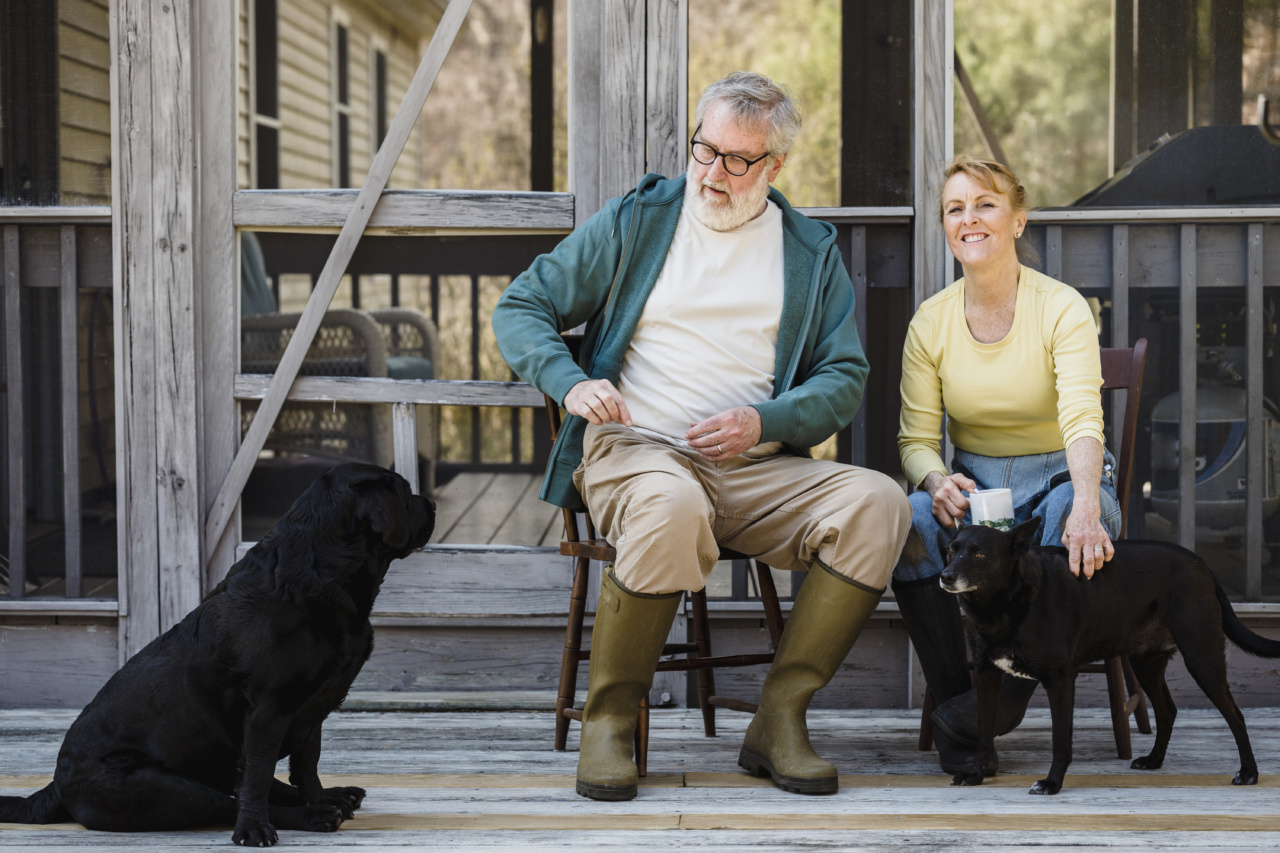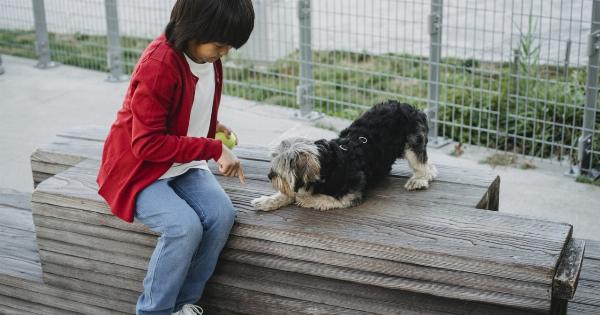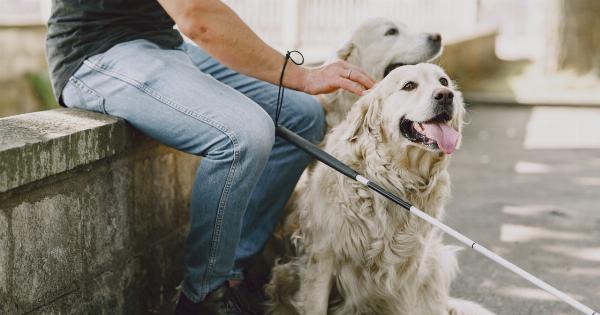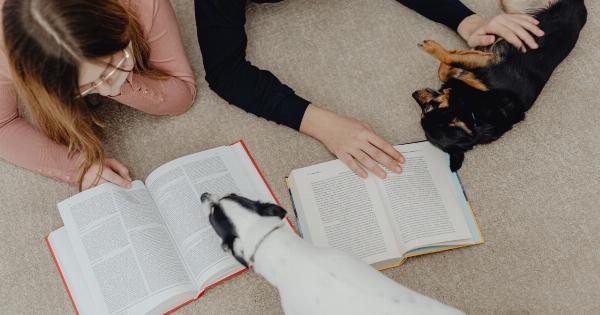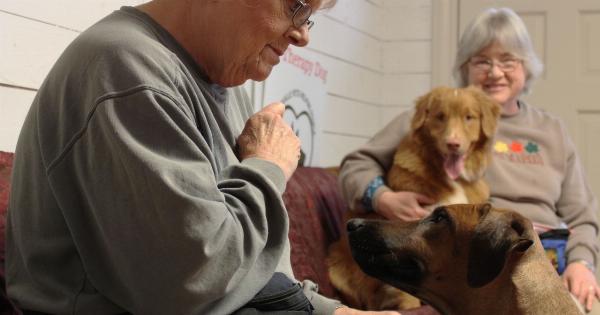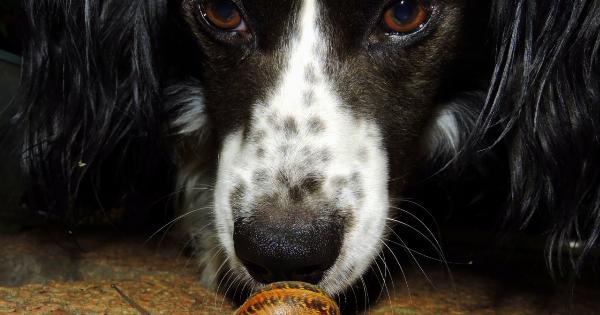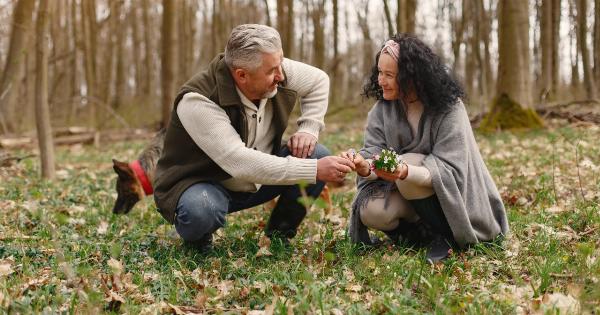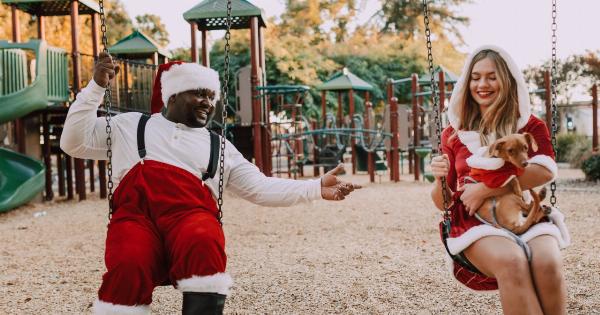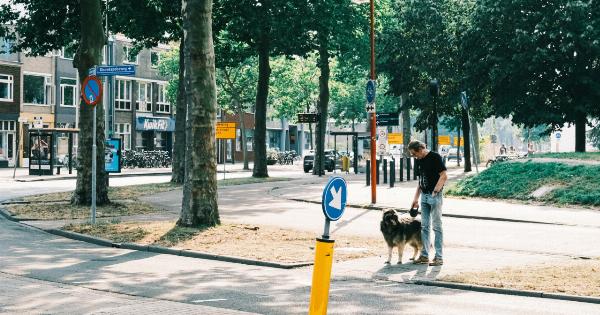As much as we’d all like our furry friends to be with us forever, dogs, like humans, also get old.
It can be challenging to accept that your fluffy best friend is no longer a spry pup, but recognizing the signs that your dog is aging is critical to providing them with the care they need. Here are ten things to look out for:.
1. Gray Hair
Just like with humans, a dog’s fur changes color as they age. A gray muzzle and eyebrows are common signs of an aging dog and usually indicates that they are more than seven years old.
2. Reduced Mobility
Older dogs tend to lose their mobility as their joints stiffen up and begin to ache. They may struggle to go up or down stairs, stand up from lying down, or even walk short distances.
These could be signs that they’re getting old, and it might be time to invest in some supportive accessories to help them get around.
3. Decreased Appetite
Mainly if your dog suddenly loses interest in food or eats less than usual, this could be a signal that they are in pain, and they may have an underlying health issue.
Appetite changes are especially concerning in senior dogs, and if you notice such changes, it’s best to consult your vet immediately.
4. Changes in Sleep Patterns
Older dogs tend to sleep more often and for more extended periods as compared to young pups. They may also rest less peacefully and show signs of discomfort, such as groaning, rolling, or twitching during sleep.
However, if your senior dog is restless or can’t seem to settle in, it could be a sign of an underlying medical issue that needs to be addressed.
5. Behavior Changes
Just like with humans, age can have a significant impact on a dog’s personality, making them more irritable, anxious, or clingy.
If you notice any unexpected changes in your pet’s behavior, it’s best to consult a vet to rule out any underlying medical issues that could cause such changes.
6. Dental Problems
As dogs age, they are more prone to develop dental problems, such as gum disease, tooth decay, and tooth loss. These issues can significantly impact their quality of life and even lead to infections or even death.
Make sure to provide specialized dental care and consult your veterinarian for regular dental check-ups.
7. Vision and Hearing Loss
Sight and hearing problems are common in senior dogs, and they can impact their overall quality of life.
Blindness and deafness can be a result of health problems, so it’s best to consult a vet to rule out other illnesses before attributing these issues to age alone.
8. Incontinence
As dogs age, bladder control may become an issue, resulting in incontinence. It’s not uncommon for them to have accidents inside the house or while they sleep.
However, incontinence could also be a problem caused by an underlying medical issue, so it’s best to visit a vet to rule out serious health conditions such as a urinary tract infection.
9. Decreased Energy and Stamina
Senior dogs often have reduced energy and stamina levels compared to younger dogs. If you notice that your dog is slower and less enthusiastic about exercise and playtime, this could be a sign that they are getting old.
Make sure you adjust their routine to suit their capabilities and make sure they get enough rest.
10. More Accidents or Illnesses
Older dogs are more prone to accidents and illnesses, and they take longer to recover. Any injury or illness may result in more frequent vet visits and more treatment, which can be expensive.
It is essential to be prepared for such occurrences and make sure you have enough resources to provide your pet with the best care possible.
Conclusion
We all treasure our furry friends, and it’s difficult to watch them grow old. However, recognizing the signs of aging in your senior pet and providing them with the necessary care and attention they need can help ease the process.
If you are unsure or worried about your senior dog’s health and wellbeing, it’s best to consult with a vet.
